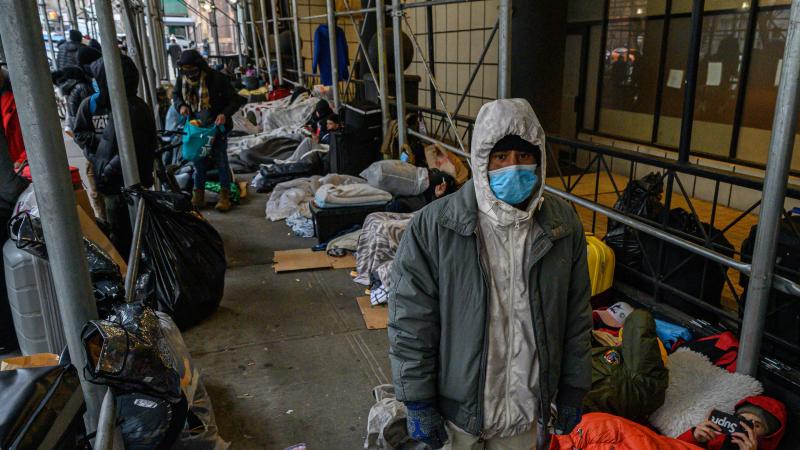New York Times editorial board acknowledges 'startling' COVID learning loss
The Times said COVID school closures "may prove to be the most damaging disruption in the history of American education."
The New York Times editorial board acknowledged that the COVID-19 pandemic and school shutdowns resulted in a "startling" learning loss, declaring that evidence indicates it set student math and reading progress back by decades.
The Times board wrote in an editorial Saturday the COVID school closures "may prove to be the most damaging disruption in the history of American education."
Congress sent $190 billion to schools during the COVID pandemic, with the stipulation that 20% of the funding would be used to reverse learning losses. However, the Times raised the concern that the "learning losses will remain unaddressed when the federal money runs out in 2024."
A study earlier this year from Harvard and Stanford found that the average U.S. student in third through eighth grades lost the equivalent of half of a year of math education and a quarter of a year of reading education.
The paper also noted that economists predict the COVID generation will have lower lifetime learnings and place a drag on the economy due to the educational gap.
The Times called on elected officials to replace the expiring federal aid and work to make up lost educational progress.
Complicating the educational losses, students who were used to missing classes during the pandemic are continuing to do so, as millions of students are now chronically absent, which is defined by students who miss 10% or more school days during the year, the board said. This poses an especially difficult challenge to young children, because they may never learn vital comprehension or socialization skills.
Additionally, students are experiencing mental health struggles at alarming rates, with more than one in five high school students stating that they had seriously considered suicide, according to a 2021 Centers for Disease Control and Prevention report released this year.
The paper also applauded how Virginia instituted a statewide tutoring program to help students who are struggling, but said that more work needs to be done to increase the amount of time that students who are lagging behind spend in school.















